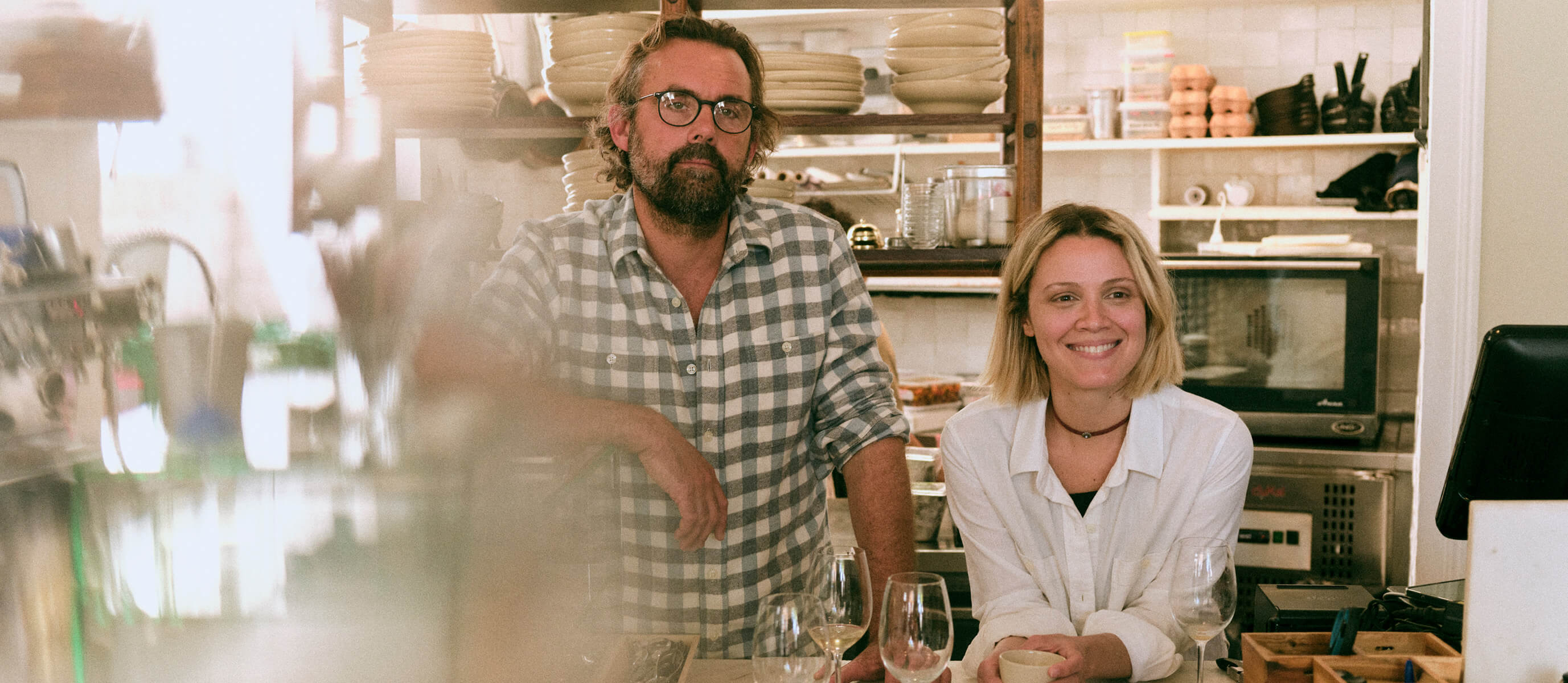Portugal is like one big open-air museum. Everywhere you look—homes, churches, fountains, subway stops, there are azulejos: painted ceramic tiles glazed in tin that tell stories about the past and the people who came before.
The word “azulejo” comes from the Arabic “zellij” (or “zellige”), meaning “polished stone.” It reflects how the craft was introduced during Moorish rule (since around the 8th century in Iberia) and eventually embraced by Portuguese artisans. Over time, tile-making evolved. Court artisans and factories pushed the style in new directions, especially between the 17th and early 18th centuries, a period often called the “Golden Age of Azulejos,” also known among some as the “Cycle of Masters.” Factories such as Viúva Lamego, one of Lisbon’s most celebrated tile producers—and the historic Cerâmica do Carvalhinho played important roles in Portugal’s tile tradition and are valued locally for their craftsmanship.
The designs themselves evolved with the world. Tile styles shifted with influences from Chinese porcelain and Dutch Delftware to local floral motifs and religious scenes. What started as geometric, Moorish-influenced designs eventually included vivid pictorial panels that depict biblical stories, local legends, and nature. These tiles aren’t just static art; they shape neighborhoods, mood, and memory.
One striking example is the São Bento Station in Porto. The station’s interior is covered with roughly 20,000 azulejo tiles painted by Jorge Colaço between 1905 and 1916. They illustrate scenes of Portuguese history from rural landscapes to transportation and are beloved both for their beauty and for how they root a modern public space in tradition.
Not every historic factory remains exactly the same, but many traditions live on. Viúva Lamego, for example, founded in 1849, still collaborates with artists and craftspeople to produce works that mix old technique and new creativity.
Today, azulejos continue to be a dialogue between past and present—preserving techniques like hand painting and glazing while also being reinterpreted by contemporary artists.
What truly captivates about azulejos goes beyond their beauty—it’s the depth of emotion and heritage they preserve. They anchor memory, turn public spaces into intimate places, and offer a sense of continuity in a changing world. For us, their patterns, textures, and quiet power sparked a desire to bring a little of that magic into our own world. The swirling motifs and timeless character of azulejos inspired details in some of our latest designs, honoring Portugal’s living canvases and bringing a touch of its artistry to wherever the journey leads.















